
views
X
Research source
Getting Started
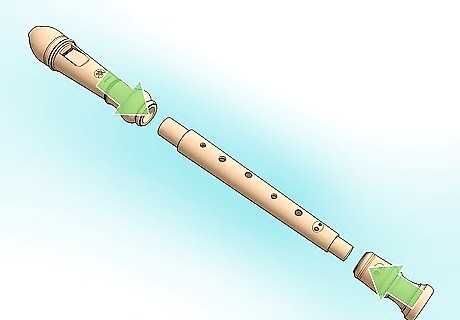
Assemble the recorder. Recorders usually come in three parts, the top part which has the mouthpiece, the middle part with finger holes and the bottom part which has a bell shape. Gently twist the pieces together. The bottom piece should be turned so the hole is slightly to the right when viewed as you would play it. Some recorders, typically those used in schools, are only one piece.
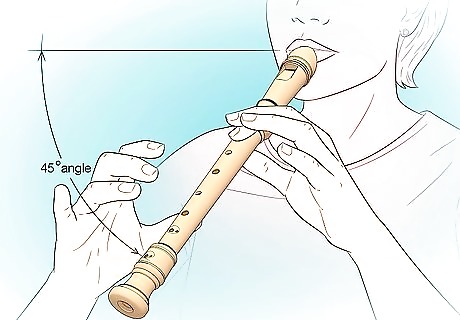
Learn how to hold the recorder. Pick up the recorder and place the mouthpiece on your lips. Gently hold it between your lips and balance it with your fingers. Remember to put your left hand at the top. The back side with one hole should face you. The front side should face away from you. Do not bite the mouthpiece or allow it to touch your teeth.
Mastering the Basics

Practice blowing into the recorder. Blow into the recorder to get an idea of how it will sound. You will need to blow gently. Think about blowing bubbles as you do this. Blowing softly with a steady stream of air is one of the most difficult but important techniques as you begin to play recorder. If you blow too hard, you will produce a sharp, unpleasant sound. Blow more gently in order to produce a musical sound. Breathe from the diaphragm and make sure you blow evenly. It will help to keep the sound consistent.
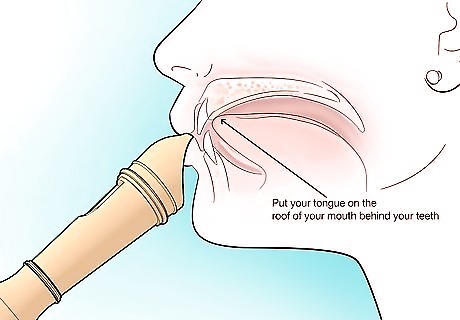
Learn the correct tonguing technique. When playing a note on the recorder, you should start and stop the sound with your tongue. Put your tongue on the roof of your mouth behind your teeth. The sound should start and stop there.
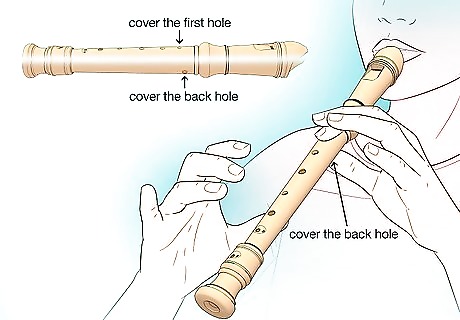
Play your first note. The first note that people usually learn is B. This requires that you cover the back hole with your left thumb. Now take your left index finger and cover the first hole on the uppermost side under the mouthpiece. Use your right thumb to balance the recorder. Now blow gently into the mouthpiece, remembering to say "ta" or "too". Well done! The sound you just made was a B note. If the note does not come out, or it squeaks, make sure that your fingers are fully covering the holes, and that your fingers stay flat. Another reason it might squeak is because you're blowing into it too hard. Keep practicing B until you are comfortable with it.
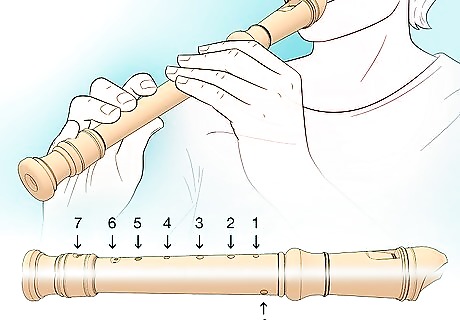
Understand the fingering chart. A simple fingering chart is used to represent the notes on a recorder. The fingering chart consists of numbers 0 through 7, with 0 representing the left thumb, 1 representing the left index finger, 2 representing the second left finger, and so on. For example, the B note you just played would be represented on the fingering chart as follows: 0 1 - - - - - - The numbers represent the holes that are being covered, while the dashes represent the holes that remain uncovered. In this instance, the 0 indicates that your thumb is covering the hole on the back of the recorder, while the 1 shows that your left index finger is covering the first hole.

Learn the left hand notes. The first notes that you will learn to play using your left hand are B (which you just played), A and G. The next two notes that you will play with your left hand are C' and D'. The apostrophe at the top right hand corner of these notes indicates that they are high notes. To play A: Use the same positioning as for a B note, but this time place your left middle finger on the second hole from the top. The fingering chart for an A note is: 0 12 - - - - - To play G: Use the same positioning as for an A note, but this time place your left ring finger on the third hole from the top. The fingering chart for a G note is: 0 123 - - - - To play C': Cover the back hole with your left thumb, then place your left middle finger on the second hole from the top. The fingering chart for C' is: 0 - 2 - - - - - To play D': Leave the back hole uncovered and place your left middle finger on the second hole from the top. The fingering chart for D' is: - - 2 - - - - -
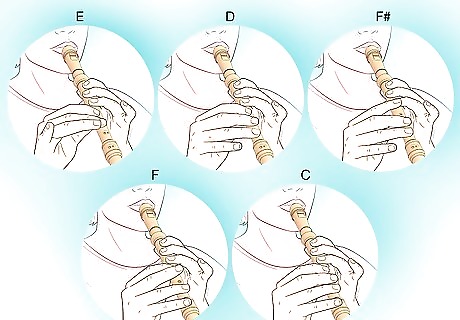
Learn the right hand notes. The first notes that you will learn to play using your right hand are E, D and F#. The next two notes that you will learn to play with your right hand are F and C. These two notes can be a little tricky for new players as lot of holes need to be covered at once when playing them. To play E: Cover the back hole with your left thumb, cover the top three holes with your left index, middle and ring fingers, then place your right index finger on the fourth hole from the top and your right middle finger on the fifth hole from the top. The fingering chart for an E note is: 0 123 45 - - To play D: Use the same positioning as for an E note, but this time place your right ring finger on the sixth hole from the top. The fingering chart for a D note is: 0 123 456 - To play F#: Use the same positioning as for a D note, but this time remove your right index finger from the fourth hole from the top, leaving all other fingers in place. The fingering chart for an F# is: 0 123 - 56 - To play F: Place your left thumb on the back hole, the index, middle and ring fingers of your left hand on the top three holes, the index finger of your right hand on the fourth hole, the ring finger of your right hand on the sixth hole, and the baby finger of your right hand on the seventh hole. The fingering chart for an F is: 0 123 4 - 67 To play C: When playing a C, all seven holes are covered. Your left thumb will cover the bottom hole, the index, middle and ring fingers of your left hand will cover the top three holes and the index, middle, ring and baby fingers of your right hand will cover the bottom four. The fingering chart for a C is: 0 123 4567
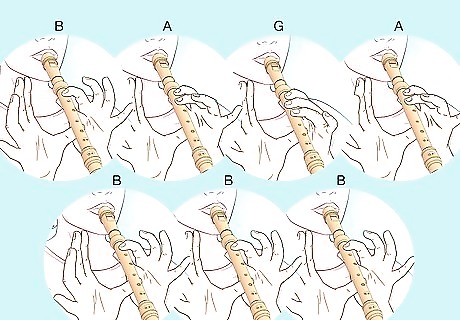
Practice playing simple songs. Once you have mastered all of these notes, you can put them together to play a few simple songs: Mary Had a Little Lamb: B A G A B B B A A A B D' D' B A G A B B B A A B A G Twinkle Twinkle Little Star: D D A A B B A G G F# F# E E D Auld Lang Syne: C F F F A G F G A F F A C' D'
Progressing to More Advanced Techniques
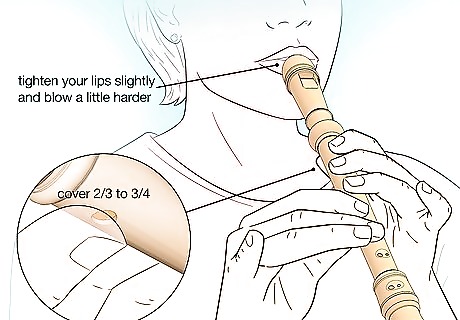
Practice playing high notes. These can become a bit tricky. To play notes above D', a technique known as "pinching the thumb hole" must be used. Cover 2/3 to 3/4 of the thumb hole using the tip of your thumb. Tighten your lips slightly and blow a little harder than usual.
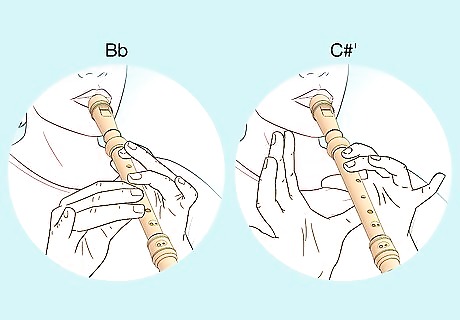
Learn the semitones. A semitone is a sound that's halfway between one note and the next, like the sound made by the black keys on a piano. You have already learned one of the most popular semitones - that is, F#. Two more semitones that you should learn are Bb and C#'. The fingering chart for Bb is: 0 1 - 3 4 - - - The fingering chart for C#' is: - 12 - - - - - You can practice these semitone notes by playing a little ditty called Baa Baa Black Sheep: D D A A B C#' D' B A, G G F# F# E E D
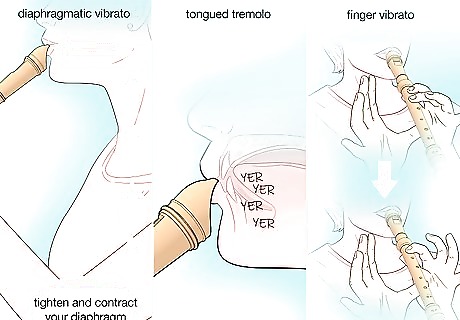
Work on vibrato. Once you have mastered the notes, you can work on your vibrato technique. A vibrato allows long notes to resonate, creating a nice dynamic effect. There are several ways to accomplish this: Use a diaphragmatic vibrato. Control the flow of air into the recorder by tightening and contracting your diaphragm. Say, "heh heh heh" but do not cut off the flow of air entirely. Use a tongued tremolo. Say, "yer yer yer yer yer yer" using your tongue to control the airflow. Use a finger vibrato. While not being a very practical choice for a sustained vibrato, this method is commonly referred to as a trill. Alternately finger the note and the next higher note. Do not tongue each note, but rapidly play an A B A B A B A sequence.

Use glissandos. These are created by sliding the fingers off the recorder in quick succession to create a sliding sound.
Caring for Your Recorder
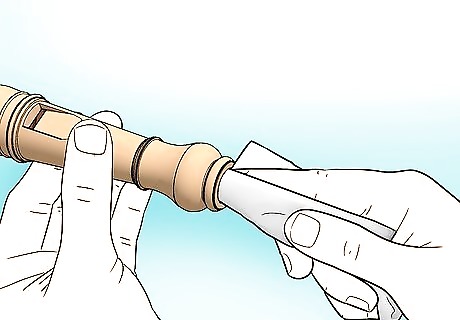
Clean your recorder after each use. It is important to keep your instrument clean both for hygiene reasons and to keep the recorder in good playing condition. Plastic recorders can be washed in the dishwasher or in a sink with warm soapy water. Take the pieces apart before washing and be sure to rinse all the soap off. The mouthpiece can be cleaned with an old toothbrush or pipe cleaner. Let your recorder dry completely before playing again. For wooden recorders, disassemble the recorder and carefully wipe the moisture off the inside with a soft cloth.
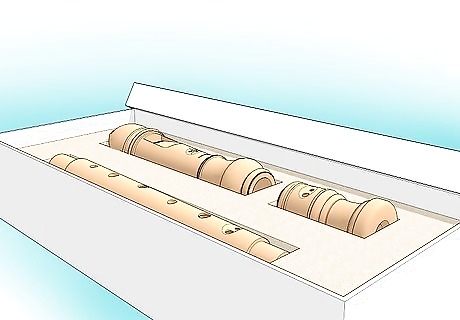
Keep your recorder in a case. Keep the recorder in its case when not in use to prevent chipping or damaging the whistle-like hole at the top, because damage there can render the whole recorder useless.
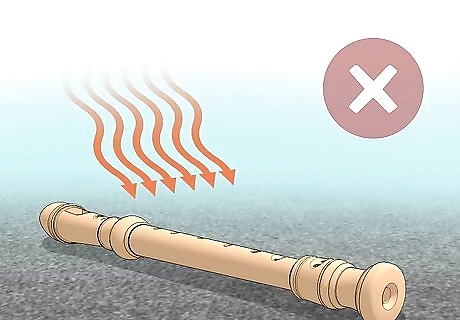
Protect the recorder from extreme temperatures. Protect your instrument against sudden changes of temperature or direct sunlight, and never leave it in a warm car or near a source of heat. This is particularly important for wooden recorders, but is good practice for any instrument.
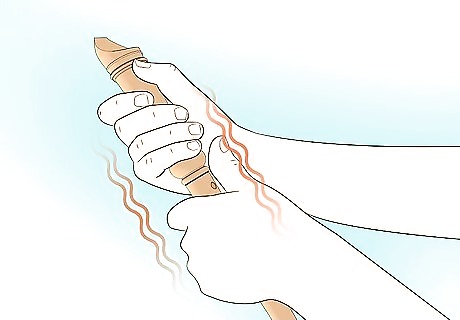
Learn how to deal with clogging. Condensation of beads of moisture in the windway of the recorder can cause clogging. You can minimize clogging in both plastic and wooden recorders by warming the head joint up to body temperature in your hands, under your arm, or in your pocket before playing. If water has accumulated in the windway, completely cover the window at the top of the recorder with the one hand and exhale forcefully into the windway. This should clear out any excess moisture. If clogging persists, you can clean the windway by mixing one tablespoon of unperfumed dishwasher detergent with three tablespoons of water. Pour this cleaner into the recorder, either through the window or at the bottom, and leave it to sit in the windway for a moment before draining. Allow the recorder to dry completely before you play it again.











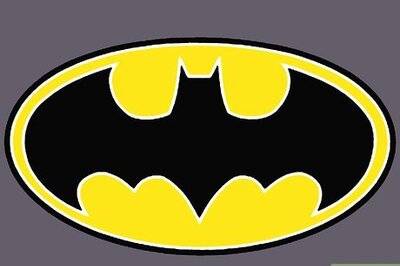
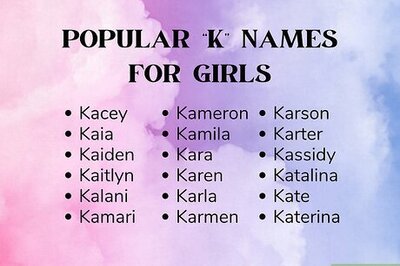

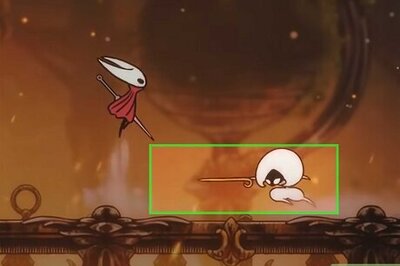
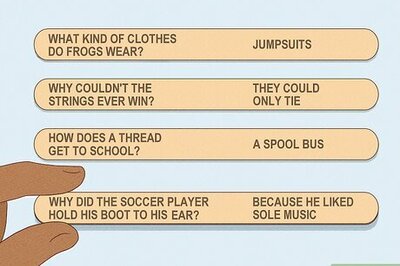




Comments
0 comment